This is the first comprehensive text-atlas that shows how to use ultrasound technology and nerve stimulation techniques to guide regional blockade in children. Clinical chapters follow a sequential, highly illustrated format that provides step-by-step guidance and include cases, clinical pearls, and troubleshooting tips. Nearly 400 figures, consisting of ultrasound images, MRI images, and schematics, have been assembled to maximize understanding of pediatric neuroanatomy and its relationship to surrounding anatomical structures. To help the novice user, the book features side-by-side presentation of unlabeled and labeled ultrasound images.
Pediatric Atlas of Ultrasound- and Nerve Stimulation-Guided Regional Anesthesia focuses on common approaches, supplemented in clinical pearls and notes by alternative approaches, and emphasizes dynamic and systematic scanning techniques. It is intended for pediatric anesthesiologists who wish to incorporate regional blockade into their repertoire and designed as a refresher and resource for all regional anesthesiologists seeking to refine their skills.
Puntos clave del libro Pediatric Atlas of Ultrasound- and Nerve Stimulation-Guided Regional Anesthesia 1st edition
- Internationally renowned experts
- Presents two technologies proven to improve block success when used together
- Superb coverage of pediatric anatomy in relation to regional anesthesia
- Equipment, set-up, pain assessment, local anesthetic pharmacology, and patient safety considerations for child patients
Más libros de anestesiología »
Más libros de anestesia pediátrica »
Síguenos en Facebook »


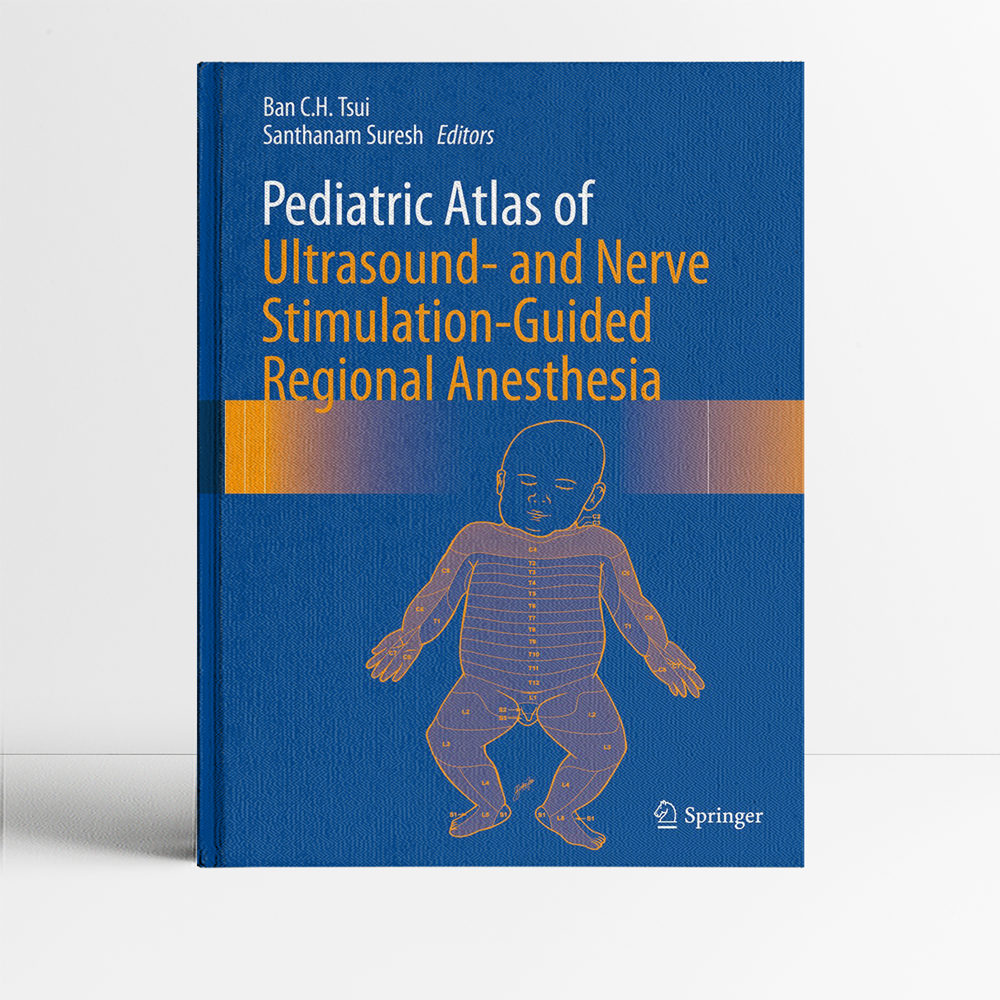
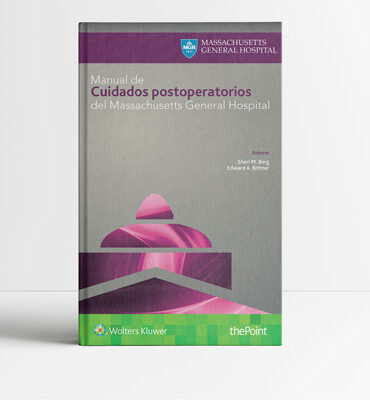
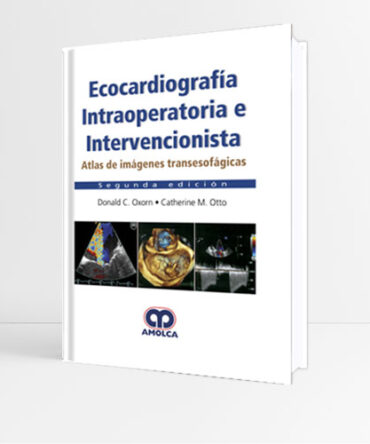
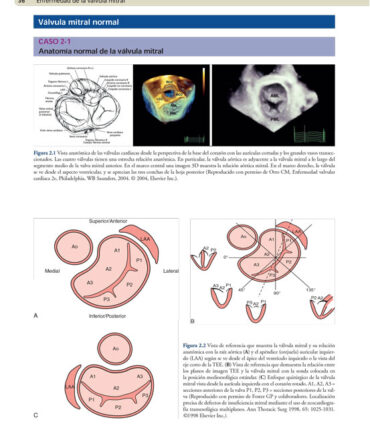
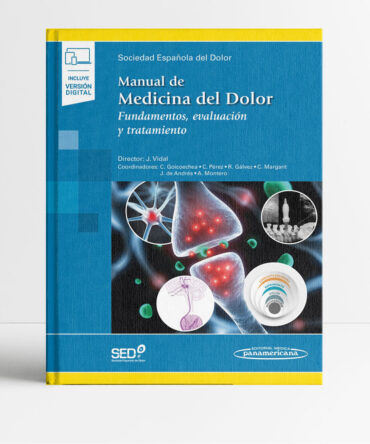
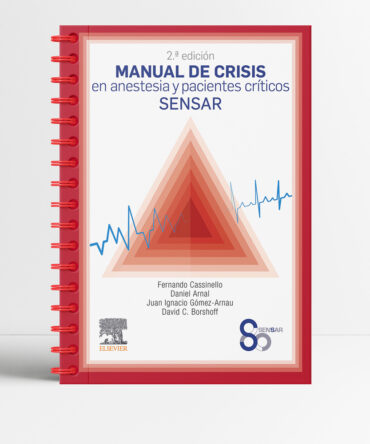
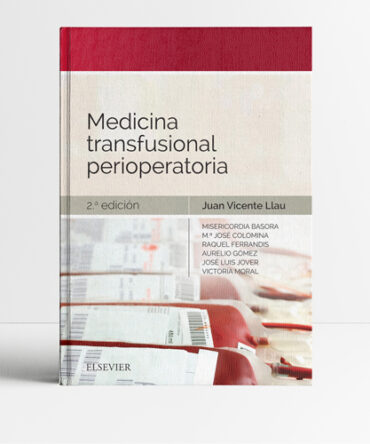
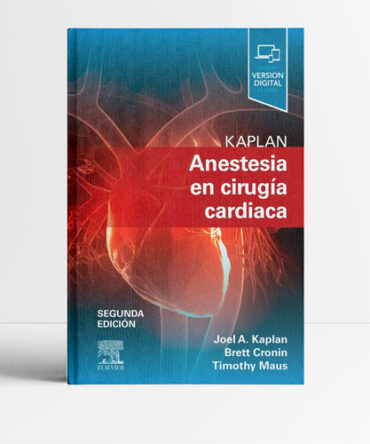
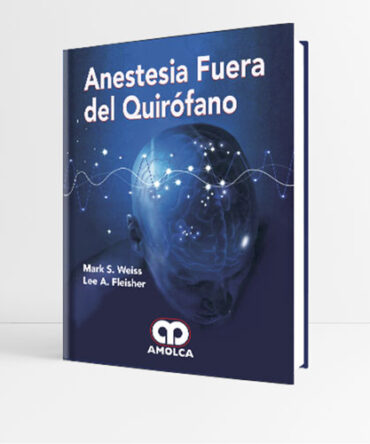
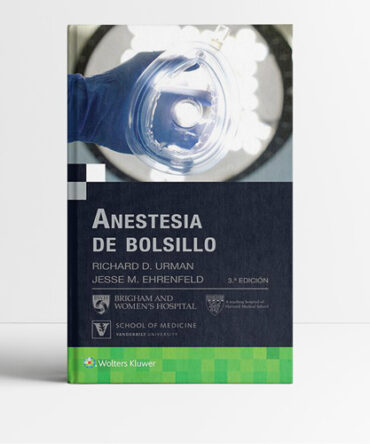
Valoraciones
No hay valoraciones aún.